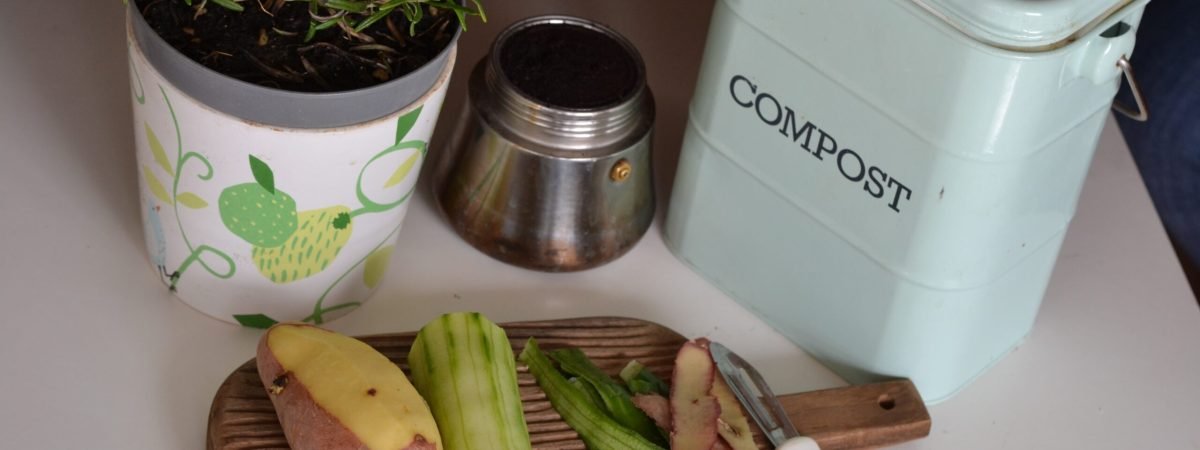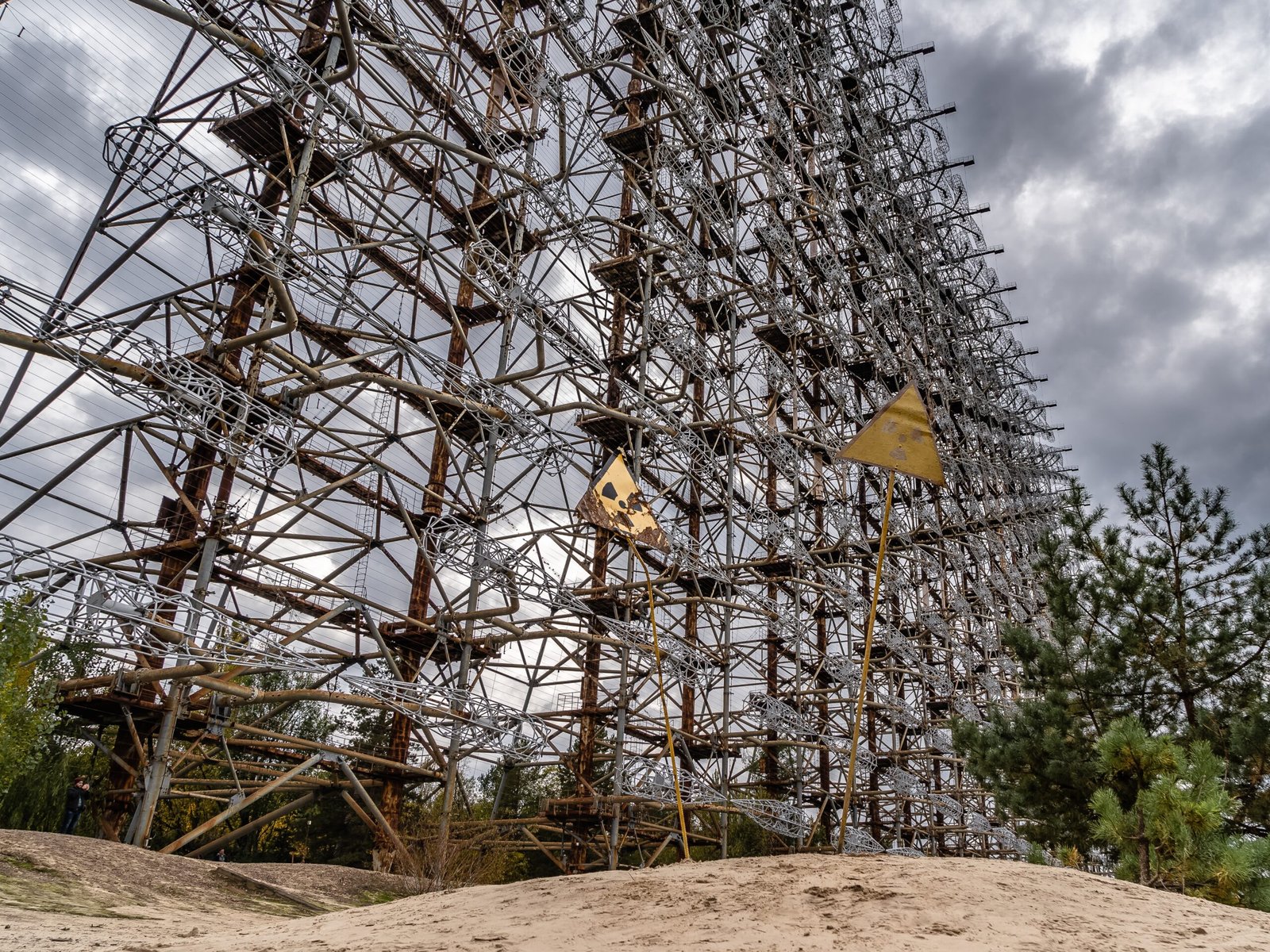Are you looking to make your gardening more eco-friendly? Starting a compost bin is a great way to reduce waste and create nutrient-rich soil for your plants. Composting is a natural process that decomposes organic materials, such as kitchen scraps and yard waste, into a dark, crumbly substance called compost. This compost can then be used as a natural fertilizer for your garden, reducing the need for chemical fertilizers and improving soil health.
If you’re ready to get started with composting, here’s a step-by-step guide to help you set up your own compost bin:
1. Choose the Right Location
Find a suitable location in your yard for your compost bin. It should be easily accessible and receive a mix of sun and shade. Avoid placing it too close to your home or any structures, as composting can produce odors.
2. Select the Right Bin
There are many types of compost bins available, including stationary bins, tumblers, and worm bins. Choose a bin that suits your needs and the amount of waste you generate. Ensure that the bin has good ventilation and drainage.
3. Collect Compostable Materials
Collect a variety of compostable materials, including kitchen scraps like fruit and vegetable peels, coffee grounds, and eggshells. You can also add yard waste such as leaves, grass clippings, and small branches. Avoid adding meat, dairy products, and oily foods, as they can attract pests.
4. Layer Your Materials
Start with a layer of brown materials, such as dried leaves or shredded newspaper, followed by a layer of green materials, such as kitchen scraps or fresh grass clippings. Continue layering these materials, making sure to alternate between browns and greens.
5. Maintain the Right Conditions
Composting requires the right balance of moisture, air, and temperature. Aim for a moisture level similar to a damp sponge and regularly turn or mix the contents of your bin to provide oxygen. If the compost becomes too dry, add water. If it becomes too wet, add dry materials like leaves or shredded paper.
6. Wait and Monitor
Composting takes time, usually several months to a year, depending on the materials used and the conditions. During this time, monitor the compost bin regularly, checking the moisture level and turning the contents to ensure even decomposition.
7. Use Your Compost
Once the compost has turned into a dark, crumbly material with an earthy smell, it’s ready to use in your garden. Spread a layer of compost around your plants or mix it into your soil to improve its fertility and structure.
Starting a compost bin is a simple and rewarding way to reduce waste and create nutrient-rich soil for your garden. By following these steps, you’ll be well on your way to eco-friendly gardening and a healthier, more sustainable garden.















